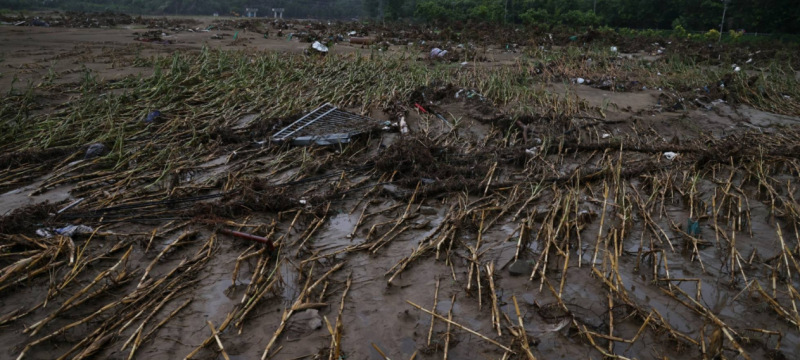Last month’s deadly floods in Beijing highlighted how extreme weather is straining the city’s preparedness. In Huairou and Miyun districts, torrential rains destroyed villages and killed 44 people. Many residents said they received late warnings, leaving them little time to act.
The disaster revealed serious weaknesses in rural emergency response systems. Beijing, long considered a historically arid region, is facing an increasingly wet future. Experts say the city must adapt as climate change brings record rainfall and unexpected disasters.
In just one week, northern Beijing received nearly a year’s worth of rain. Some rivers recorded their highest-ever flood levels. Climate scientists warn that what was once rare has now become frequent, with three extreme floods since 2012.
Authorities have invested heavily in “sponge city” projects. These include rain-absorbing pavements, green spaces, and pumping stations designed to reduce flooding. Beijing has spent billions to upgrade urban infrastructure, with 38% of the city now meeting sponge city standards.
However, experts caution these projects are not enough for rural areas. Villages in mountainous zones, often built at the base of steep slopes, remain highly vulnerable. Secondary disasters such as landslides pose additional risks.
Critics say the sponge city model relies on outdated rainfall data and cannot handle extreme downpours. Greenpeace experts argue that stronger early warning systems and pre-emptive evacuations are vital, especially for vulnerable groups like the elderly.
Beijing’s experience underscores the urgent need for resilience planning. Once seen as historically arid, northern China is now experiencing expanded rain belts and repeated record floods. Without stronger adaptation policies, the human and economic toll of such disasters will likely grow.
Read Also: Beijing Braces for More Rain as Floods Displace 70,000+







